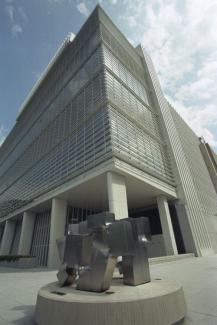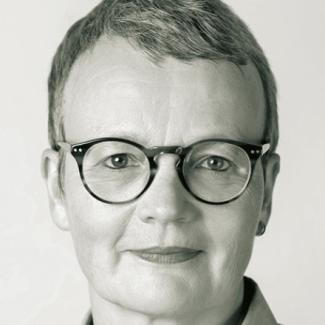Poverty
New poverty line better reflects reality

The World Bank regularly updates the international poverty line whenever the International Comparison Program (ICP) makes new data on purchasing power parities (PPPs) available. PPPs are supposed to be more accurate than exchange rates. The reason is that the prices for goods and services vary dramatically from country to country. The ICP is a partnership of international organisations. It collects and compares price data internationally to estimate PPPs. The international poverty line is defined as the average of the national poverty lines of the 15 poorest developing countries.
The latest ICP PPP index round took place in 2011 and provided the basis for the new $ 1.90 poverty line. Previous rounds took place in 1985 (setting the poverty line at $ 1.01), 1993 ($ 1.08) and 2005 ($ 1.25). Though there is some disagreement among scholars, the dominant view is that the new PPPs are a reasonable update of the old ones.
The current poverty line of $ 1.90 reflects the fact that the 2011 ICP price surveys revealed price levels in poor countries that were considerably lower – relative to those in the USA – than those used in 2005. If prices in poor countries are lower, that means that their currencies have become stronger in terms of purchasing power. Accordingly, their poverty lines must be raised in dollar terms. In 2011, $ 1.90 was estimated to buy the same things as $ 1.25 did in 2005 in poor countries (also see related article "Major breakthrough"). (hl)







